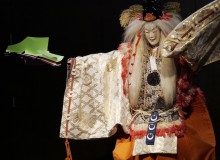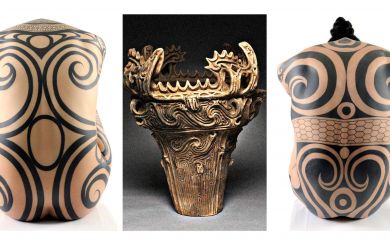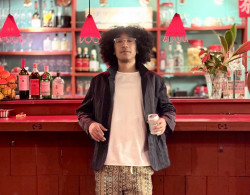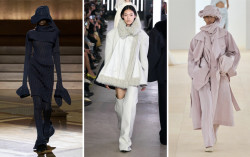
October 6, 2022
The democratic designs of Issey Miyake
"Think of things that can be created, not destroyed”
During his lifetime, Issey Miyake rejected the term ‘fashion’ — but few designers have been so influential as to enable much of the world to reimagine itself through clothing. Seeking to transcend throwaway culture and heedless consumption, he was, he insisted, “making things,” things he would define as “clothes for living.”
Celebrated for designs that were as ingenious technologically as they were sartorially, Miyake, who died on August 5th, 2022, left an indelible mark on the global design landscape. His clothes inhabit a space of his own making: the space between art, clothing, architecture and technology. And Miyake’s democratic design ethos was just as disruptive. He believed in designing clothes that were conceptual, yet practical and comfortable; clothes that would transcend gender, size and age. In this, his approach to design was decidedly humane — no doubt influenced by his life experiences.
Miyake was seven years old when the U.S. obliterated his birthplace of Hiroshima with the atomic bomb. He lost his mother to radiation sickness three years later. Though generally private about the event (wary of being labeled the ‘designer who survived the atomic bomb’), he spoke out against the use of nuclear weapons in a powerful 2009 op-ed for The New York Times. The attack on Hiroshima affected him profoundly, leading him to “think of things that can be created, not destroyed,” and to gravitate toward the field of clothing design.
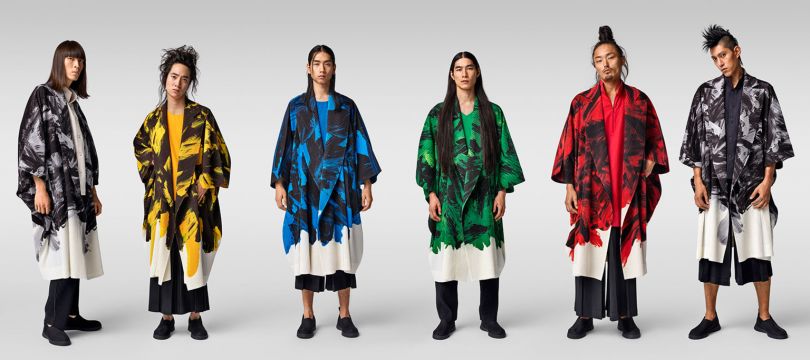
After studying graphic design in Tokyo, Miyake worked with Guy Laroche and Hubert de Givenchy in Paris — but he lost interest in dressing bourgeoisie clientele after witnessing the French May 1968 student protests. The protests inspired him to create clothing for “the many rather than for the few” — with this his aim, he returned to Tokyo in 1970 after a brief period in New York and founded the Miyake Design Studio.
Miyake’s signature pleats took form in the late 1980s. He experimented with a novel technique that involved pleating clothes after they had been cut, using a heat press to shrink them into the desired size and shape. It was a breakthrough textile that led to the launch of the Pleats Please Issey Miyake line in 1993. Another innovation was his tube-knitted A-POC, or A Piece of Cloth, concept, designed to be cut by the wearer to the desired length to minimize waste.
Designs like A-POC gave freedom to the body. Miyake was “strongly motivated by the idea of liberating the body from the constricting shapes of clothing,” Issey Miyake President Midori Kitamura said in an interview with The Japan Times. This sense of freedom fed into the way in which his designs worked to deconstruct gender codes in fashion. Miyake explored androgyny by prioritizing functionality and comfort in the design process and playing with exaggerated, non-human silhouettes. In 1981, he created Plantation, a gender-neutral range designed to be worn by all ages and body shapes. The collection was revived in 1985 and renamed Issey Miyake Permanente. Miyake’s inclusive vision democratized fashion in a way that was largely unprecedented, but hugely necessary.
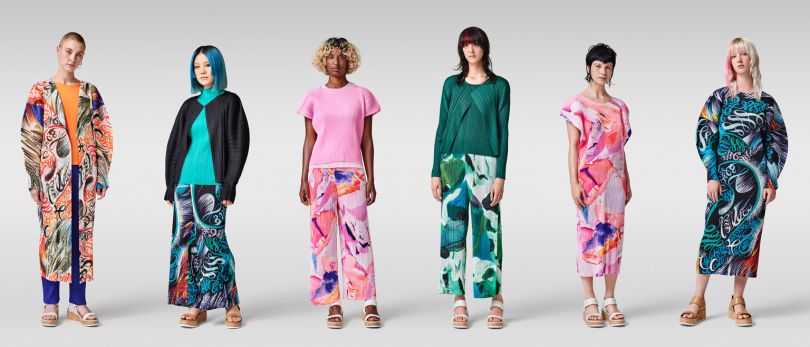
This vision extended beyond design and into whom he chose to model. Miyake’s radical 1976 runway show, Issey Miyake and Twelve Black Women, foregrounded black models in a way that had never been done before. The lead girl in the show was the then-struggling Grace Jones, who credits Miyake in her memoir with seriously boosting her career. For the 1979 Aspen International Design Conference show, Miyake scouted 50 ‘ordinary’ models from among conference attendees.
Miyake’s choice to dress feminist politician Fusae Ichikawa to be the cover of Asahi Graph magazine in 1974 — when she was in her 80s — was a bold rebellion against the industry’s narrow conception of beauty. Before the term ‘the male gaze’ had even entered our lexicon, Miyake was challenging it. His vision of fashion transcended the need to accentuate the female body according to Western standards of beauty. And Miyake saw clothes as art pieces molded to the wearer — whereas Western fashion, obsessed with the rise of hypersexuality, tended to require the wearer to mold their body to the garment.
For a global audience, it was important to witness a non-Western designer not only achieve great international success, but also challenge dominant narratives of fashion at the time. Miyake’s ideas disrupted and democratized the fashion industry and are a sensitive, humane vision of what clothing should be.
